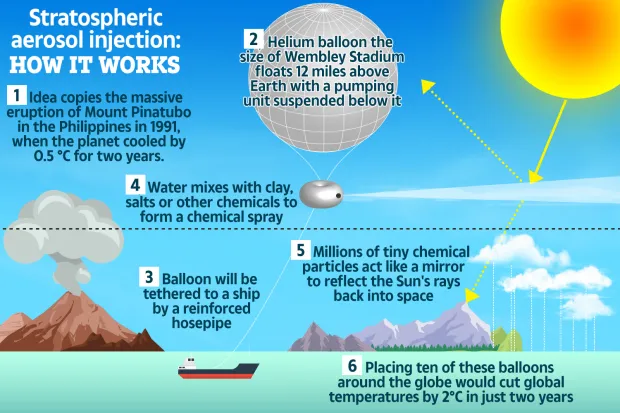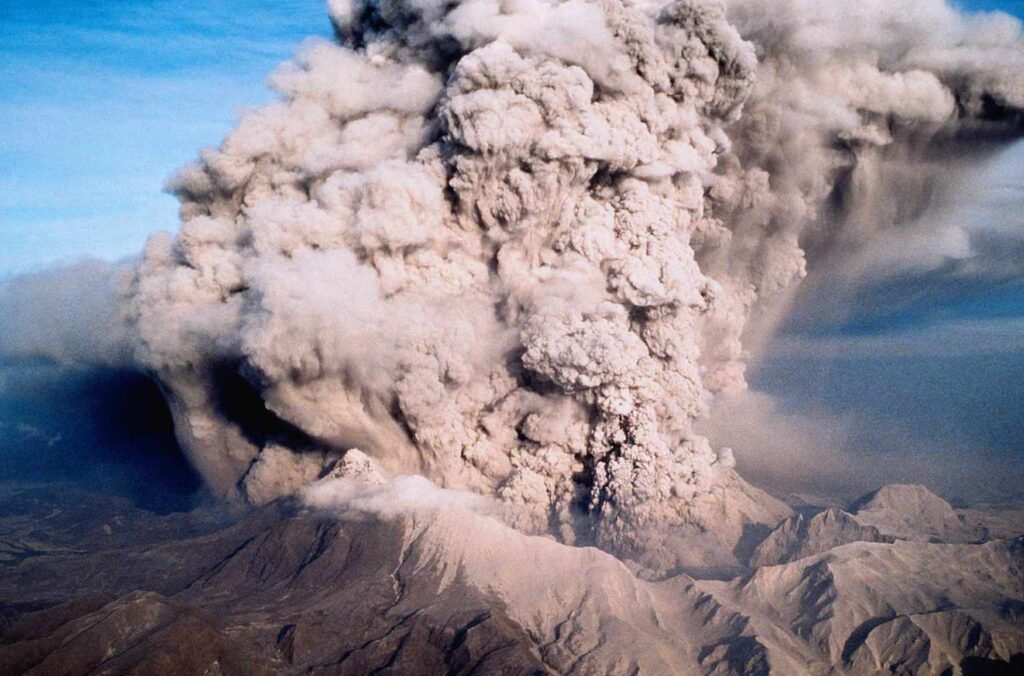Solar geoengineering, which involves reducing the solar energy reaching the Earth’s surface, is being discussed in the field of climate science. However, the general consensus is that it is a highly risky and undesirable concept. But it is unlikely that people will choose to reduce their dependence on oil, coal, and methane to generate energy due to human greed, ignorance, and stupidity. As a result, it becomes the least unfavorable choice among a range of undesirable options.

The Open Science Conference in Rwanda featured numerous presentations on solar geoengineering, reflecting a larger change in mindset.
Solar geoengineering, also referred to as solar radiation modification, has been the main subject or a significant component of reports released by various organizations, including the European Commission and Parliament, the American government, the Climate Overshoot Commission, and multiple divisions of the United Nations, since the beginning of this year.
All of these sources agree that since the world is not reducing greenhouse gas emissions quickly enough, it is important to thoroughly analyze the advantages and disadvantages of solar radiation modification (SRM) since humans have unintentionally and then intentionally increased the levels of greenhouse gases namely carbon dioxide in the atmosphere, causing a rise in CO2 levels from 280 parts per million to 417 parts per million.
This has resulted in the trapping of more heat, leading to an average temperature increase of approximately 1.2°C.

Nature has already demonstrated the effectiveness of solar geoengineering through volcanic eruptions, which release particles and gases that can temporarily change the Earth’s albedo. Sulfur dioxide, in particular, has a significant impact as it combines with water to create sulfuric aerosols that create a haze in the atmosphere and scatter light.
In 1991, the eruption of Mount Pinatubo released a massive amount of material into the atmosphere, causing a significant cooling effect on the planet for more than a year.

The most well-studied form of solar geoengineering involves injecting chemicals like sulfur dioxide or calcium carbonate into the stratosphere, rather than the troposphere, which is about 20 km above the Earth’s surface.
Particles from sources other than volcanoes would be spread out over a larger area and stay in the atmosphere for a longer time, so fewer of them would be needed to achieve a certain amount of cooling for the planet.

According to some calculations, in order to reduce average temperatures by 1°C, approximately 2 million tons of sulfur needs to be injected into the stratosphere every year.
While the Earth is getting warmer, there is a possibility that scientific advancements could help solve the global heating problem. However, if we rely solely on science to address this issue, it will prove that humans are unable to protect their own planet without intervention.
This statement suggests that humans are similar to a virus that depletes resources without regard for the well-being of its host. While there is a possibility that we might find a way to sustain the Earth for ourselves, it would be seen as a reflection of our species’ shortcomings rather than a proud accomplishment in human history.
Reference- The Economist, Clean Technica, Yahoo! Finance, World Climate Research Program, CNBC, Open Science Conference






